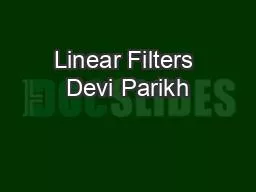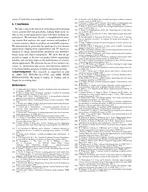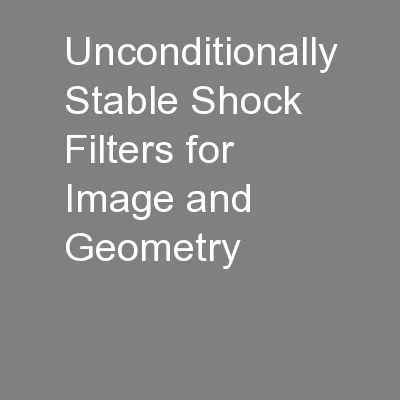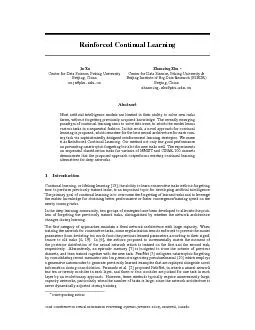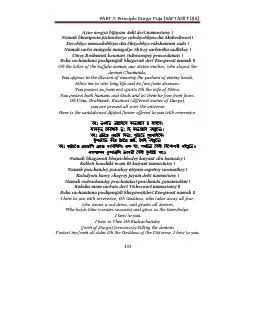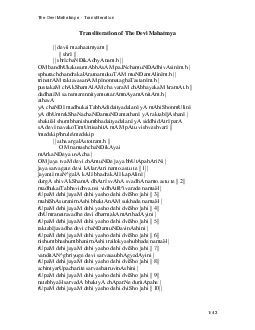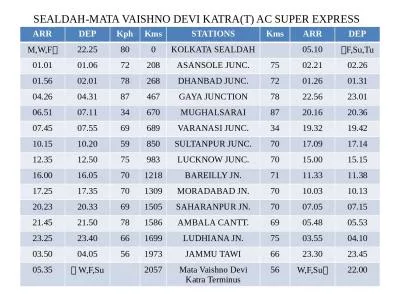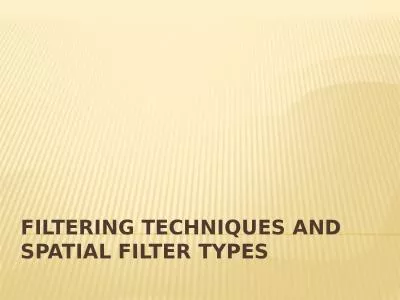PPT-Linear Filters Devi Parikh
Author : blastoracle | Published Date : 2020-06-23
1 Slide credit Devi Parikh Disclaimer Many slides have been borrowed from Kristen Grauman who may have borrowed some of them from others Any time a slide did not
Presentation Embed Code
Download Presentation
Download Presentation The PPT/PDF document "Linear Filters Devi Parikh" is the property of its rightful owner. Permission is granted to download and print the materials on this website for personal, non-commercial use only, and to display it on your personal computer provided you do not modify the materials and that you retain all copyright notices contained in the materials. By downloading content from our website, you accept the terms of this agreement.
Linear Filters Devi Parikh: Transcript
Download Rules Of Document
"Linear Filters Devi Parikh"The content belongs to its owner. You may download and print it for personal use, without modification, and keep all copyright notices. By downloading, you agree to these terms.
Related Documents

